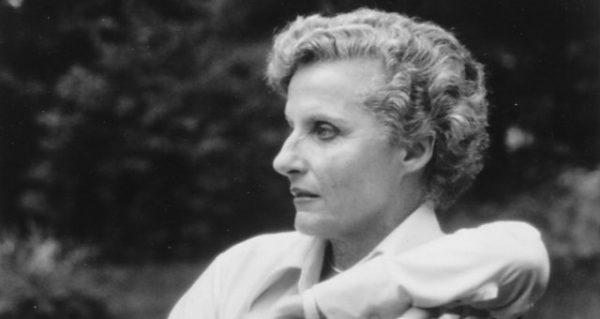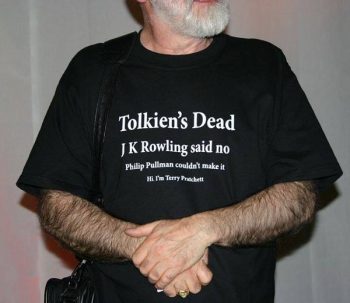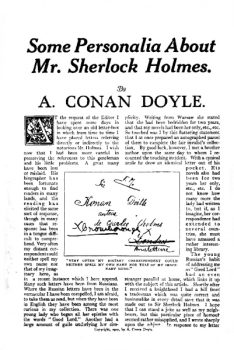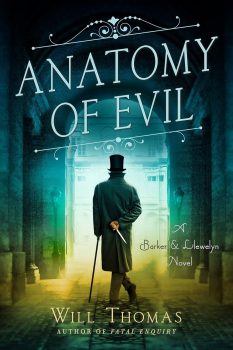A Reckless and Unwarranted Speculation on the Origin of a Great Science Fiction Story
 Alice (James Tiptree Jr.) Sheldon
Alice (James Tiptree Jr.) Sheldon
For many writers, asking them the apparently innocent question, “where do you get your ideas?” is like waving a red flag in front of a bull. (Watch the Harlan Ellison documentary Dreams with Sharp Teeth for a great example; at the very thought of someone posing that question, Ellison goes from zero to apoplexy in 1.2 seconds. I know — Harlan Ellison, but still…)
Nevertheless, as a humble reader to whom the mysteries of creative writing are forever veiled, it’s a question that I’m curious about. Having never met Alice (James Tiptree Jr.) Sheldon, I have no idea how she would have reacted to the question, and I’ll never find out, as she died in 1987… but I think I know the answer for one of her stories, at least.
Alice Sheldon (under the whimsical pseudonym that she and her husband cooked up) was a science fiction writer without peer, and her novella A Momentary Taste of Being, which first appeared in 1975 in the Robert Silverberg-edited anthology The New Atlantis (and later in her own collection Star Songs of an Old Primate and the “Essential Tiptree” anthology Her Smoke Rose Up Forever, which you should buy immediately, forgoing food and rent if necessary), is one of her greatest stories, a radical premise pushed to its absolute limits… and I believe I know where that wild premise came from.





